 |
||
|
||
| ||
The main subject at the press conference held by ATI at CeBIT 2002 in Hannover was the release of the RADEON IGP chipset designed for mainboards supporting both Intel Pentium 4 and AMD Athlon XP. The new product was announced by Rajesh Shakkarwar, Marketing Manager at ATI.
Bob Farahar, Channel Director at 3Com, Pat Moorhead, Vice President at AMD, and Richard Ma, Acting Vice President at Gigabyte, also took part in the press conference. When demonstrating the new chipset all these persons looked very optimistic and believed in the successful start of their new child. We won't examine this chipset deeply and will just give the general information.
 The RADEON IGP has a classical design with two bridges - north and south. Here you can look at the scheme of organization and operation of the usual, non-integrated, chipset:
The north bridge with the integrated graphics core of the ATI chipset is called RADEON IGP, and the south one is ATI IXP.
The RADEON IGP supports DDR200 and DDR266 memory via one 64-bit memory controller. The RADEON IGP uses quite powerful integrated graphics similar to the Radeon VE in performance, i.e. a hardware T&L is absent and there is only one rendering pipeline. Besides, it supports an AGP 4x port which allows using any other external video accelerator. The IGP and IXP are linked by a 32-bit 33 MHz bus; it differs from a standard 32-bit 33 MHz PCI bus though it is back compatible with it. ATI called it the A-Link.
The back compatibility means that a south bridge working through the PCI can be used from third manufacturers, for example, SiS, VIA or ALi. But the best solution, according to ATI, is the ATI IXP which incorporates a 10/100-Mbit Ethernet controller from 3Com and a 6-port USB 2.0 controller. At present, ATI offers two versions of the IXP chip: IXP 200 and IXP 250.
There are no considerable functional differences between the IXP 200 and IXP 250: the latter is meant for corporate users that is why it supports some network functions necessary for corporate networks, such as Remote Wake on LAN, Manage Boot Agent and others. As far as software is concerned, ATI follows NVIDIA and is going to release a single driver suite for all RADEON IGP variations. This solution is called FLEXFIT Technology.
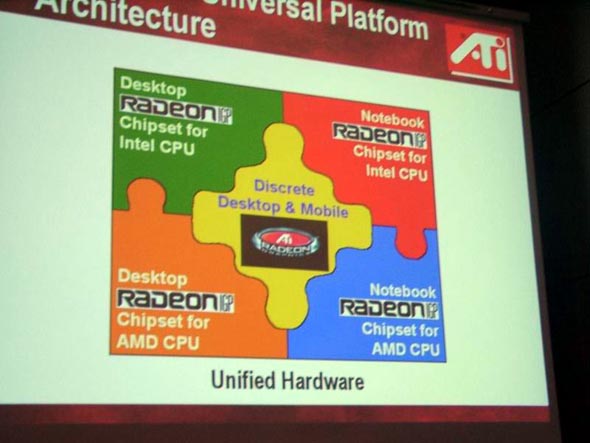 The IGP 320 and 320M are designed for AMD processors. The latter is meant for mobile computers based on Athlon and Duron processors. These chips support a 200 and 266 MHz FSB, up to 1 GBytes of RAM and a possibility to assign for a video adapter from 8 to 128 MBytes of the main memory. The IGP 330, 340 and 340M are developed for the Intel Pentium 4 processor. Like the 320M, the IGP 340M will be used in mobile computers based on the Intel Mobile Pentium 4. The IGP 330 and 340M will support a 400 MHz FSB; the IGP 340 will support a 533 MHz one. Besides, the IGP 340 will be the most powerful chip in the line as its video core's frequency is higher than that of the other chips. Here is the roadmap for the chipsets showed off by ATI:
In Hannover ATI also demonstrated working computers based on the new chipsets
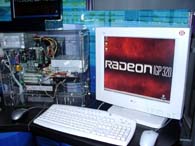
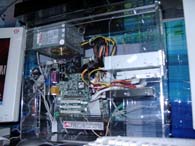
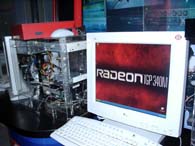
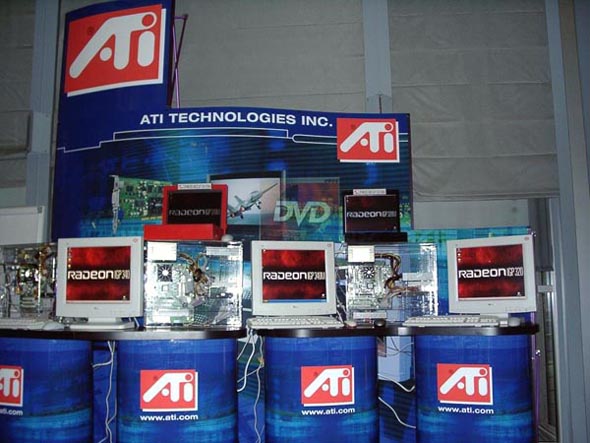 as well as some finished mainboards of other manufacturers (FIC, Gigabyte, PC-Partner, Lite-On, Quanta).
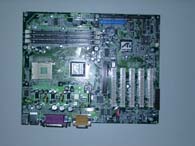
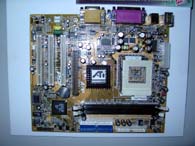
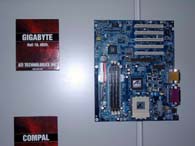
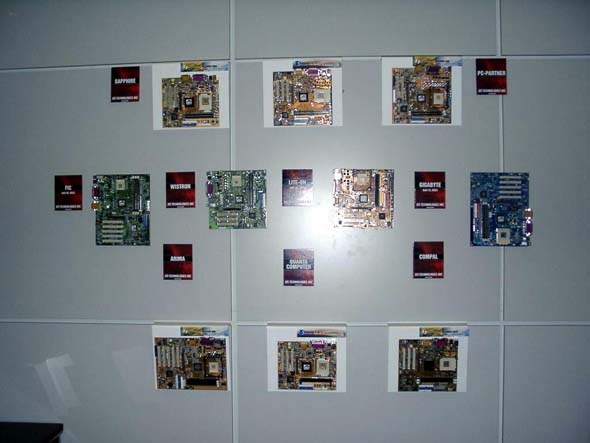 So, ATI is going to enter the chipset market with a quite interesting product and competitive prices. Here are key advantages of the ATI's chipset:
I hope the RADEON IGP will start more successfully
than the NVIDIA nForce. It's also interesting what VIA is going
to oppose to it as this company has also something done in the sphere
of integrated chipsets on the S3 core.
Write a comment below. No registration needed!
|
Platform · Video · Multimedia · Mobile · Other || About us & Privacy policy · Twitter · Facebook Copyright © Byrds Research & Publishing, Ltd., 1997–2011. All rights reserved. |